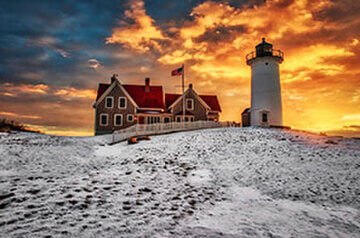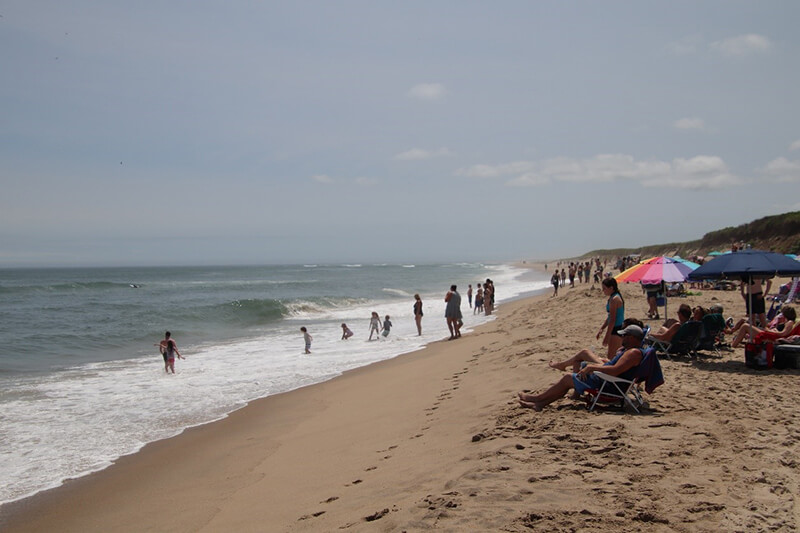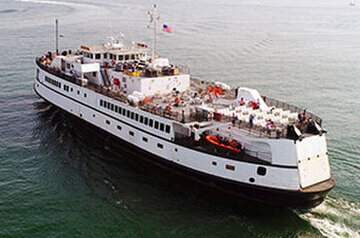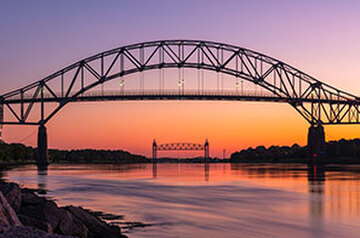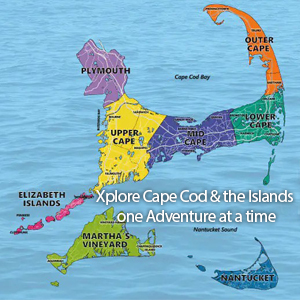Welcome to the Town of Chatham Massachusetts
By: Hannah Fillmore-Patrick
Chatham is located in the southeast corner, or “elbow,” of Cape Cod. Due to this strategic geographical location, the town became a busy shipping, fishing, and whaling center during the eighteenth century. Today, Chatham is still 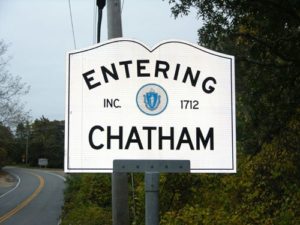 dotted with charming historical buildings from this prosperous period in its history. These buildings, plus the town’s beaches and nature areas, have made Chatham one of the Cape’s most popular summer destinations.
dotted with charming historical buildings from this prosperous period in its history. These buildings, plus the town’s beaches and nature areas, have made Chatham one of the Cape’s most popular summer destinations.
At the Atwood House & Museum, visitors can learn about the history of Chatham MA by exploring the eighteenth-century home of Captain Joseph Atwood. Atwood made a fortune transporting pine boards, pine shingles, clapboards, and laths between Chatham and Boston, as well as trading salted cod from Cape Cod for wine and olives in Europe. His home, which dates back to 1752, features furniture, documents, and other artifacts from eighteenth-century Cape Cod.
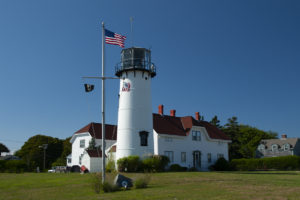
During the town’s early history, the eight-mile sandbar that runs through Chatham Harbor destroyed so many ships that sailors began to say it was haunted by the stallion of a drowned mooncusser who lured sailors to their demise. To keep ships off these dangerous shoals, the town of Chatham erected a small lighthouse on a crumbling bluff overlooking the harbor inlet.
Chatham Light, completed in 1808, was just the second lighthouse on the Cape. The “Twin Light” originally had two towers that were meant to differentiate it and to improve the range of its beacon. Through the years, the lighthouse has played an integral role in keeping the harbor safe. In 1952, Coast Guard personnel stationed at the lighthouse successfully rescued crew members from the SS Pendleton, a daring rescue depicted in the book and subsequent film, The Finest Hours.
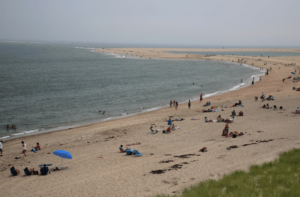 The Chatham Marconi Maritime Center is located on the site of the former Marconi-RCA Wireless Receiving Station in Chatham. This receiving station was part of WCC, a short-wave radio station that exchanged messages with ships, planes, and zeppelins. For most of the twentieth century, WCC was the busiest public ship-to-shore radio station in the world. For many years, captains and pilots depended on WCC.
The Chatham Marconi Maritime Center is located on the site of the former Marconi-RCA Wireless Receiving Station in Chatham. This receiving station was part of WCC, a short-wave radio station that exchanged messages with ships, planes, and zeppelins. For most of the twentieth century, WCC was the busiest public ship-to-shore radio station in the world. For many years, captains and pilots depended on WCC.
In 1928, Richard E. Byrd kept contact with WCC as he piloted the first flight to the South Pole. In 1929, the Graf Zeppelin received critical information from WCC during the first around-the-world flight. In 1961, operators at WCC communicated with the Santa Maria during the ship’s infamous hijacking.
There are a number of ocean beaches in Chatham, including Chatham Light Beach, where seals lounge on the rocky shore, and Hardings Beach, where shorebirds often nest. There is excellent ocean and creek swimming where the Bucks Creek Marshes meet Cockle Cove at Ridgevale Beach. This beach offers plenty of open waters for strong swimmers to explore, as well as brackish shallows for young children to splash around in.
Town Hall Address:
549 Main Street,
Chatham, MA 02633
Phone: (508) 945-5100
Cost of Stickers:
Beach Stickers: $30 resident, $175 non-resident
Transfer Station Stickers: $150
Shellfish License: $35 resident, $100 non-resident















